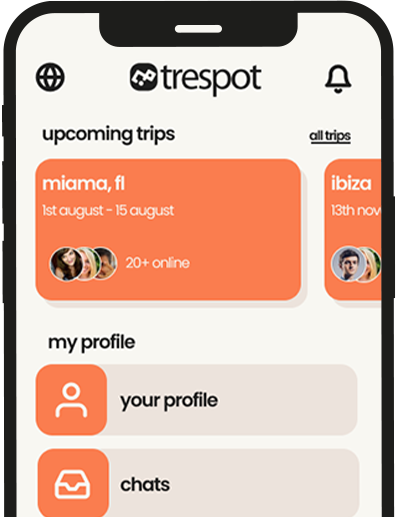Best Time to Visit Oman: Weather, Seasons & Smart Trip Tips
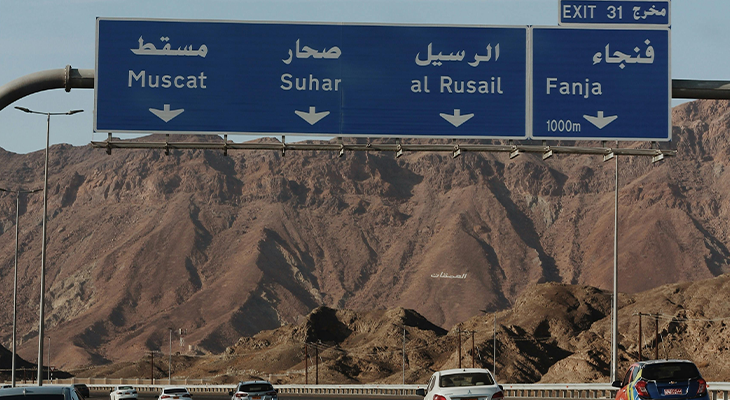
If you’re planning a trip to the Arabian Peninsula, the best time to visit Oman is the difference between “memorable” and “magical.” Oman’s landscapes span coastal cities, the rugged Hajar Mountains, vast Sharqiya (Wahiba) Sands, and the uniquely lush Dhofar region. In broad strokes, most travelers love October to March for comfortably warm days and cooler nights, great for wadis, souks, forts, desert camps, and mountain hikes. Yet Oman also breaks the “Middle East in summer = skip” rule thanks to Salalah’s Khareef—a June–September monsoon that turns hills emerald and temperatures mild. Meanwhile, turtles nest in peak summer, and divers can time trips for whale sharks. In this guide, you’ll get a season‑by‑season and month‑by‑month view, plus region‑specific timing, activity windows (hiking, desert, turtles, diving), and itinerary ideas so your timing is perfect.
Table of Contents
- How Oman’s Climate Works (and Why Timing Matters)
- The Overall Best Time to Visit Oman (and Key Exceptions)
- Season-by-Season Guide
- Month-by-Month Planner
- Best Time by Region
- Best Time by Activity
- Crowds, Prices & Events
- Example One‑Week Itineraries Synced to Timing
- Practical Planning by Season
- Quick Takeaways
- Conclusion
- FAQs
- References
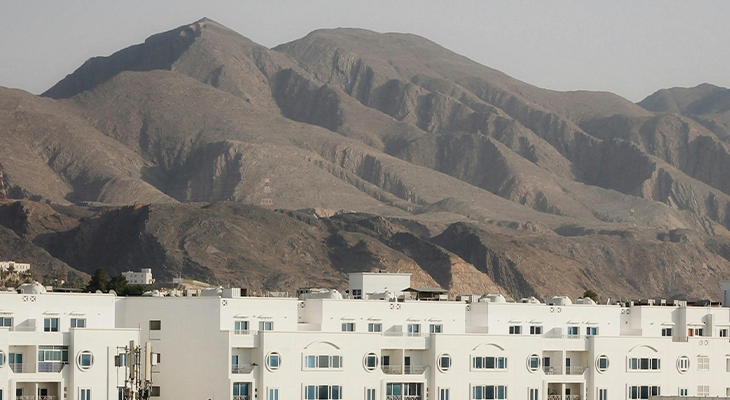
How Oman’s Climate Works (and Why Timing Matters)
Oman’s diversity comes with distinct micro‑climates. The coastal north (Muscat/Batinah) has hot summers and warm, dry winters. The Hajar Mountains run cooler—especially at altitude around Jabal Akhdar and Jabal Shams—making winter and shoulder months ideal for hikes and canyon viewpoints. In the south (Dhofar/Salalah), the Khareef monsoon (roughly June to early September) creates mist, drizzle, waterfalls, and lush hills—an astonishing contrast to the rest of Arabia.
Rain is scarce across most of the country, with winter getting the small share of showers. In Muscat, average highs hover around ~24°C in January and climb to ~38°C by June—the reason October–March/April is the widely recommended window for city sightseeing, wadis, and the desert. Dhofar’s Khareef flips the script: July–August are peak season in Salalah.
Unique insight: Even in summer, altitude helps. If you must travel June–September and don’t want the monsoon, consider mountain stays where temperatures run cooler than the coast—then drop to sea level for dawn/sunset activities and retreat to AC by midday.
The Overall Best Time to Visit Oman (and Key Exceptions)
For most travelers, the best time to visit Oman is October through March/April. Expect ~20–30°C days, cooler evenings, and minimal rain—ideal for walking Muscat’s Mutrah Corniche, fort‑hopping in Nizwa, wadi swimming, and desert camping.
- Dhofar/Salalah’s Khareef (June–early Sep): hills turn emerald and the air cools—a unique Middle Eastern tropical‑like experience. July–August are the busiest weeks; try late June or early September for fewer crowds.
- Turtle nesting & hatching (Ras Al Jinz): peaks May–September; late nights and pre‑dawn tours are most rewarding. If this is your must‑do, accept the heat elsewhere or base on the coast and time outings carefully.
- Diving & whale sharks: many operators report reliable whale sharks in July–September (often into September–November) around the Daymaniyat Islands.
Timely note: If you’re planning a multi‑country winter trip for late 2025–26, keep an eye on the GCC Unified Tourist Visa rollout for easier Oman+UAE routing. (Check current status before you book.)
Season-by-Season Guide
Autumn (Sep–Nov): Shoulder Comfort, Warm Seas
Autumn ushers in cooling temps on the coast and crisp evenings in the mountains. October–November are prime for Muscat sightseeing, Wadi Shab/Wadi Bani Khalid swims, and Wahiba Sands overnights without mid‑winter pricing. Dive visibility can improve after summer; Musandam fjords are superb for dhow cruises.
Winter (Dec–Feb): Peak Season Perfection
Winter is why Oman is a classic winter sun destination—~20–30°C days with cool, hike‑friendly air in the Hajar and sublime desert nights for stargazing. It’s the busiest period; book camps/lodges early across late December–January. Winter showers are possible but rarely disrupt plans.
Spring (Mar–May): Warming, Fewer Crowds
By March–April, the country warms but remains manageable—schedule outdoor time early/late and use midday for museums or scenic drives. Spring can bring shoulder‑season values on rooms and tours. In May, coastal humidity rises while the mountains stay more comfortable.
Summer (Jun–Aug): Khareef Magic or Heat‑Smart Plans
Outside Dhofar, summer heat is intense (Muscat’s average highs near ~38°C in June), so plan AC‑first itineraries: early starts, indoor culture midday, sunset beaches. Alternatively, embrace Dhofar’s Khareef—cool, mist‑shrouded hills and seasonal waterfalls that feel worlds away from the Arabian sun.
Month‑by‑Month Planner (At a Glance)
- January: Coolest month—great for city walks and mountain hikes; pack a light layer for evenings.
- February: Similar to January; clear skies and comfortable desert nights.
- March: Warmer but manageable; excellent for wadis and coastal road trips.
- April: Shoulder value; plan early/late activities; mountains are ideal.
- May: Hotter on the coast; consider Jabal Akhdar retreats; turtle activity rises.
- June: Hottest in Muscat; Khareef begins in Dhofar; prime turtle nesting.
- July–August: Peak Khareef in Salalah; coastal north is hot/humid—lean on AC or altitude.
- September: Khareef tapers; shoulder season returns up north; whale sharks often seen near Daymaniyat.
- October: One of the best all‑round months—great mix of weather and lighter crowds vs mid‑winter.
- November: Stellar for desert + mountains + coast; balanced itineraries shine.
- December: Classic winter‑sun month; busy around holidays—book early.
Best Time by Region
Muscat & the Batinah Coast
Best: Oct–Apr for city wandering, fort visits, and coastal day trips. January often brings pleasant highs near the mid‑20s °C; June can push toward the high‑30s °C. In late spring, do outdoors at dawn and sunset.
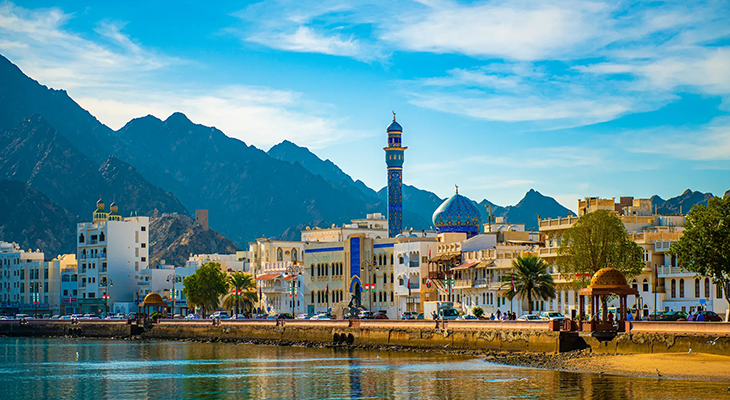
Hajar Mountains (Jabal Akhdar/Jabal Shams)
Best: Oct–Apr for hikes, terraces, and cooler nights. Higher elevations are markedly cooler than the coast—winters can require a light jacket. Spring and autumn are crisp and photogenic.
Sharqiya (Wahiba) Sands
Best: Nov–Feb for overnight desert camps, dune walks, and milky‑way skies. Weekends (Fri–Sat) are busier—choose Sun–Thu for quieter camps.
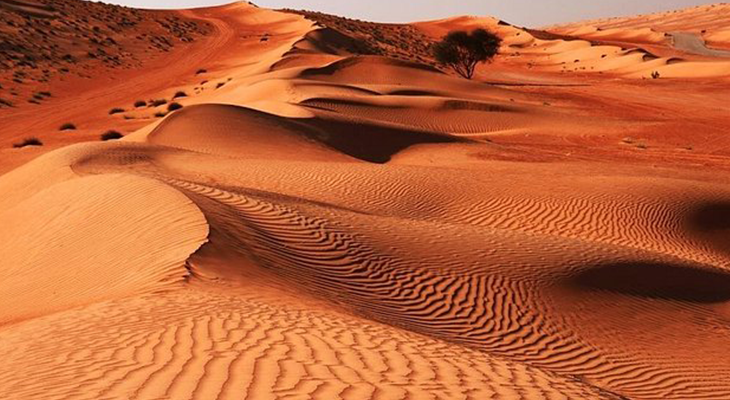
Musandam (Khasab & Fjords)
Best: Oct–Apr for dhow cruises, snorkeling, and calmer seas. Hot months are possible but less comfortable for time on deck.
Dhofar/Salalah
Best: June–early Sep for Khareef: cool, green landscapes and seasonal waterfalls—expect mist and drizzle, which is part of the charm (and the crowds).
Best: Nov–Feb for overnight desert camps, dune walks, and milky‑way skies. Weekends (Fri–Sat) are busier—choose Sun–Thu for quieter camps.
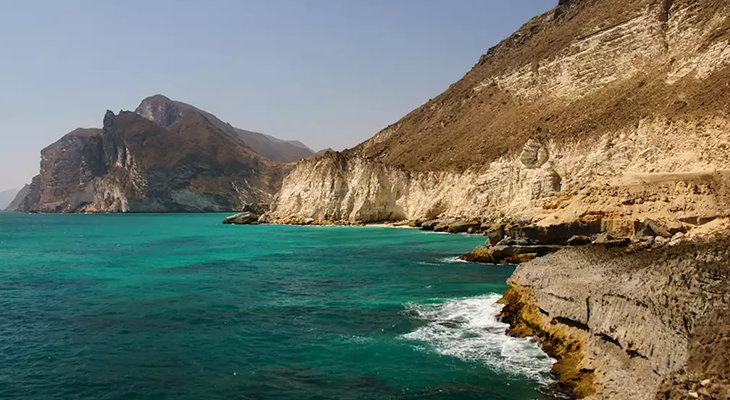
Best Time by Activity
Hiking & Wadis
Go Oct–Apr for cooler daytime temperatures and safer exertion levels. Winter light makes canyon rims and terraced villages striking. Shoulder months (Mar–Apr, Oct–Nov) balance comfort with fewer crowds. Related terms to note: oman weather by month, best time to visit oman for hiking.
Desert Camping & Stargazing (Wahiba Sands)
Choose Nov–Feb for comfy nights and serene dunes. Mid‑week stays (Sun–Thu) maximize quiet; avoid Fri–Sat if solitude is the goal. Even in winter, bring a warm layer—desert nights can surprise you.
Turtle Nesting & Hatching (Ras Al Jinz)
Peak May–Sep for nesting, with July–Aug often delivering both nesting and hatchlings on late‑night or dawn tours. Book official guided slots to minimize disturbance and ensure sightings. Consider this if you’re targeting oman turtle nesting season ras al jinz.
Diving & Whale Sharks (Daymaniyat, Musandam)
Diving is year‑round; many operators highlight whale sharks in late summer to early autumn (often July–Sep, sometimes into Sep–Nov) around the Daymaniyat Islands. If combining with land touring, shoulders (Apr–May or Sep–Oct) can balance water temps, visibility, and on‑land comfort. Search terms like oman diving season daymaniyat and whale sharks oman when to see are useful when checking conditions with local operators.
Crowds, Prices & Events: Peak vs. Shoulder vs. Off‑Season
- Peak (Nov–Feb): Highest demand and prices in Muscat, desert camps, and mountain resorts—book earlier for holidays. Weather is prime for city walks, forts, wadis, hiking.
- Shoulder (Mar–Apr, Oct–Nov): Often the best value—pleasant days with fewer tour buses; perfect for mixed itineraries (coast + mountains + desert).
- Off‑season (May–Sep): Intense heat in the north/interior but Khareef transforms Dhofar into a cool, green magnet (with its own seasonal crowds). Summer also aligns with turtles and potential whale sharks.
Tip for multi‑country planners: monitor the rollout of the GCC Unified Tourist Visa for late 2025–26 to streamline routes across Oman and neighboring countries.
Example One‑Week Itineraries Synced to Timing
Classic Winter Sun (Dec–Feb)
- Days 1–2: Muscat—Mutrah Souk, Corniche, Grand Mosque; sunset coast.
- Days 3–4: Hajar Mountains—Nizwa Fort, Jabal Akhdar terraces and hikes.
- Day 5: Wadi Shab or Wadi Bani Khalid swim.
- Days 6–7: Wahiba Sands overnight camp, dune sunrise; return via coastal forts.
Why now: Cool, clear weather maximizes outdoors with minimal heat stress.
Shoulder‑Season Explorer (Mar–Apr or Oct–Nov)
- Day 1: Muscat culture + beach sunset.
- Days 2–3: Daymaniyat Islands snorkel/dive (early/late sessions to avoid midday heat).
- Days 4–5: Mountains—balcony walk at Jabal Shams; village walks.
- Days 6–7: Wahiba Sands camp + wadi detour.
Why now: A balance of comfort, value, and marine options.
Khareef Summer Combo (Jul–Aug)
- Days 1–4: Salalah (Dhofar)—Khareef waterfalls, misty hills, frankincense heritage.
- Days 5–7: Fly to Muscat for late‑evening turtle tours at Ras Al Jinz; schedule dawn/evening land activities.
Why now: Cool, green Dhofar + turtles—an exceptional summer pairing in the Middle East.
Practical Planning by Season
- Heat management: In warm months, front‑load the day (sunrise starts), then museum time or long drives midday. Hydrate, apply sun protection, and use AC breaks. Mountains provide relief when the coast bakes.
- Driving & distances: Highways are excellent; self‑drive is popular. Leave extra time for wadi walks and mountain viewpoints.
- Local weekend & crowds: The Omani weekend is Friday–Saturday; desert camps and popular wadis are busier then—choose Sun–Thu for quieter experiences.
- Festivals & special seasons: Salalah’s festival typically runs during Khareef (mid‑July to late August; dates announced locally each year).
- Multi‑country planning: Track the GCC Unified Tourist Visa developments if you’re planning a late‑2025 winter route.
Want a date‑perfect plan? Build a group itinerary on Trespot to meet travelers with similar interests (hiking, diving, desert camping).
Quick Takeaways
- The best time to visit Oman for most travelers is October–March/April.
- Khareef (June–early Sep) makes Salalah a cool, green summer destination.
- Turtles: May–Sep (peak Jul–Aug) at Ras Al Jinz; book late‑night or dawn tours.
- Diving/whale sharks: Often best late summer to early autumn near Daymaniyat.
- Desert camps: Nov–Feb are most comfortable; skip Fri–Sat if you want solitude.
- Mountains run cooler year‑round; winters can feel crisp at altitude.
Conclusion
Oman rewards travelers who match their plans to its seasonal rhythm. For a first visit focused on Muscat, Nizwa, wadis, mountains, and the desert, target October to March/April—the air is clear, temperatures are friendly, and you can comfortably string together city walks, canyon swims, balcony hikes, and a star‑packed desert overnight. If your dream is to see green sea turtles nesting or catch whale sharks, summer and early autumn can be extraordinary with smart heat strategy and late‑night/early‑morning excursions. And for a summer escape that flips expectations, fly south to Dhofar’s Khareef to wander mist‑draped hills and seasonal waterfalls that feel worlds away from the Arabian sun.
As you plan, balance weather comfort, crowd levels, and your priorities. Shoulder months (Mar–Apr, Oct–Nov) often deliver great value without compromising activities. Consider blending altitude and coastline in the same itinerary, and check visa/news updates before booking. When you’re ready, create your travel circle on Trespot to meet compatible explorers for hikes, dives, and desert adventures.
FAQs
1) What is the single best month to visit Oman?
If you want a balance of temperatures, crowds, and prices, November is superb for coast, mountains, and desert. January–February excel for cool hiking weather, while October is another top pick with warmer seas.
2) Is summer a bad time to go?
Not necessarily. Outside Dhofar it’s very hot, so plan AC‑first days; but Salalah’s Khareef (June–early Sep) makes summer uniquely appealing—cool, misty, and green.
3) When is turtle season at Ras Al Jinz?
May–September is peak for nesting; July–August often allow both nesting and hatchling sightings on late‑night or dawn tours. Always book official guided tours.
4) When is the best time for diving and whale sharks?
You can dive year‑round; many whale shark encounters occur late summer to early autumn around the Daymaniyat Islands. Check with local operators for current conditions.
5) Which days are busiest for desert camps?
Friday–Saturday (local weekend). For quieter dunes and camps, book Sunday–Thursday.
We’d Love Your Feedback
Was this guide helpful? Tell us when you’re going and what you want to do—desert, mountains, turtles, or Khareef—and we’ll tailor a date‑perfect, city‑by‑city plan. If you learned something new, please share this guide with a friend who’s eyeing Oman. Question for you: which experience are you most excited about—wadis, dunes, diving, or Salalah’s monsoon?
References
- Lonely Planet — Oman: When to go & seasonal highlights
- VisitOman (Official) — Seasons, weather, and regional travel
- Rough Guides — Practical travel timing advice for Oman
- WeatherSpark — Muscat climate data, month‑by‑month
- Climates to Travel — Oman climate overview
- Ras Al Jinz Turtle Reserve — Official tours & nesting info
- Experience Oman — Inspiration & seasonal ideas


